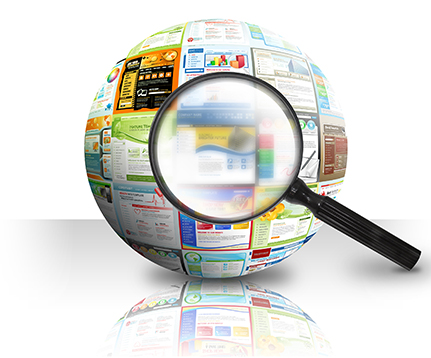--------------or--------------
|
Introduction The Knowledge Graph is a technology/knowledge base, launched by Google in 2012, which intelligently captures and displays appropriate information from different sources when you search for something, for example, a person, book, place, company, etc. It’s the box on the right-hand side of the results page or the the top of a search on mobile devices. For example, if you search for a specific person like Albert Einstein, (refer to Fig. 1), Google will show you a box or panel on the right-hand side of the screen, which contains information about the subject in response to the query. It will include images of Einstein, a short summary from Wikipedia and a link to the Wikipedia page, biographical data, some selected quotes and even books on Einstein. The panel at the end will also give related search options as “people also search for”. The knowledge graph collects information and facts about people, places and things to create and deliver interconnected, accurate results. According to a post on Google’s official blog, the knowledge graph “enables you to search for things, people or places that Google knows about — landmarks, celebrities, cities, sports teams, buildings, geographical features, movies, celestial objects, works of art and more — and instantly get information that’s relevant to your query. This is a critical first step towards building the next generation of search, which taps into the collective intelligence of the web and understands the world a bit more like people do.” This knowledge base has been integrated within the Google search engine and can be used across desktops, laptops, tablets, and smartphones. The knowledge graph looks at capturing the real world more precisely and more comprehensively so that information captured in the graph can be searched for by users in a meaningful way, thereby yielding knowledge, both directly and indirectly. |

What’s the Purpose of the Knowledge Graph? The knowledge graph aims to improve the way people search for information. The process of search and discovery is complex as there may be a lot of information, data, videos, and links about a person, entity, institution or object, and you would want to recommend the best content to all users. Therefore, the idea behind the knowledge graph is that the Google search engine should be smart enough to understand what the user is searching for and give tailored content/results accordingly. It represents a change in the way Google wants to present results and find relevant material to your searches. It looks at searches as actual, real-world things and not just words. It adds features based on facts and relationships to answer queries more directly. This enables users to easily find what they are looking for. Such facts and information, which are inside the knowledge graph, are based on publicly available/accessible data such as Wikipedia, the web and freebase. Utilizing knowledge graphs, there is a lot of opportunity to interconnect various sources of data and get intelligence from that. As the knowledge graph evolves and the search engine gets better at gauging the intent of the user, content quality and user experience will improve significantly and become more contextual. Since the knowledge graph can help discover information quickly and easily, it can also be of immense use for search engine optimization and enable businesses to get more search traffic to their website. As it displays customer reviews and ratings, it can establish credibility for businesses |
|
How Does it Work? The elementary unit of a knowledge graph is a triplet subject-predicate-object, often denoted as head, relation, tail or h, r, t. Each triplet defines one connection between two entities in the graph. For example, in the sentence, “Arthur was born in London”, ‘Arthur’ is the head, ‘London’ is the tail and ‘was born in’ is the relation. A set of acceptable relationships and entity types define the ontology of the knowledge graph. It works in a similar way that our brains think by learning new knowledge and linking it to the existing one to form a larger and better understanding. Here, the machine or the technology is trying to think like a human and identify and connect facts about people and entities to produce more accurate results for users. So, instead of getting overwhelmed by multiple pages or links as well as irrelevant details, the knowledge graph selects facts about the subject that are popular or most sought after or most relevant in relation to it. |
--------------or--------------